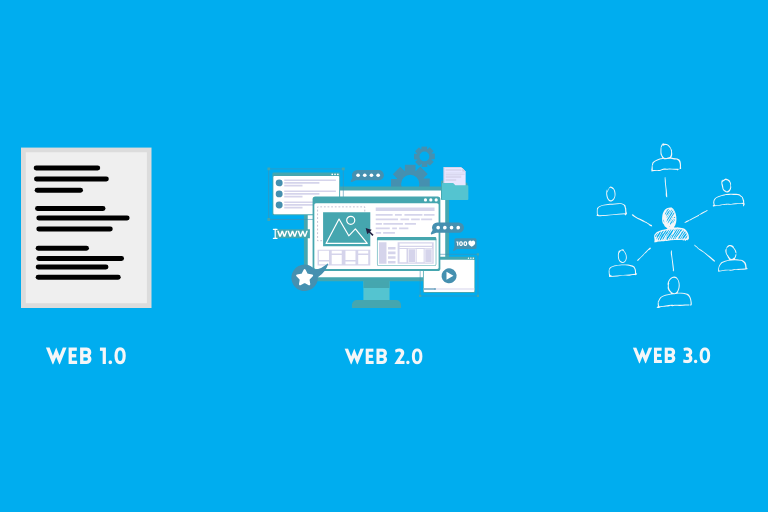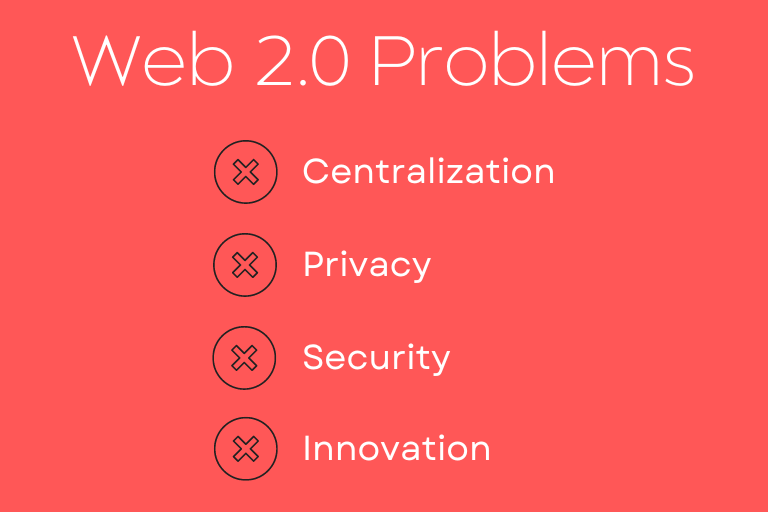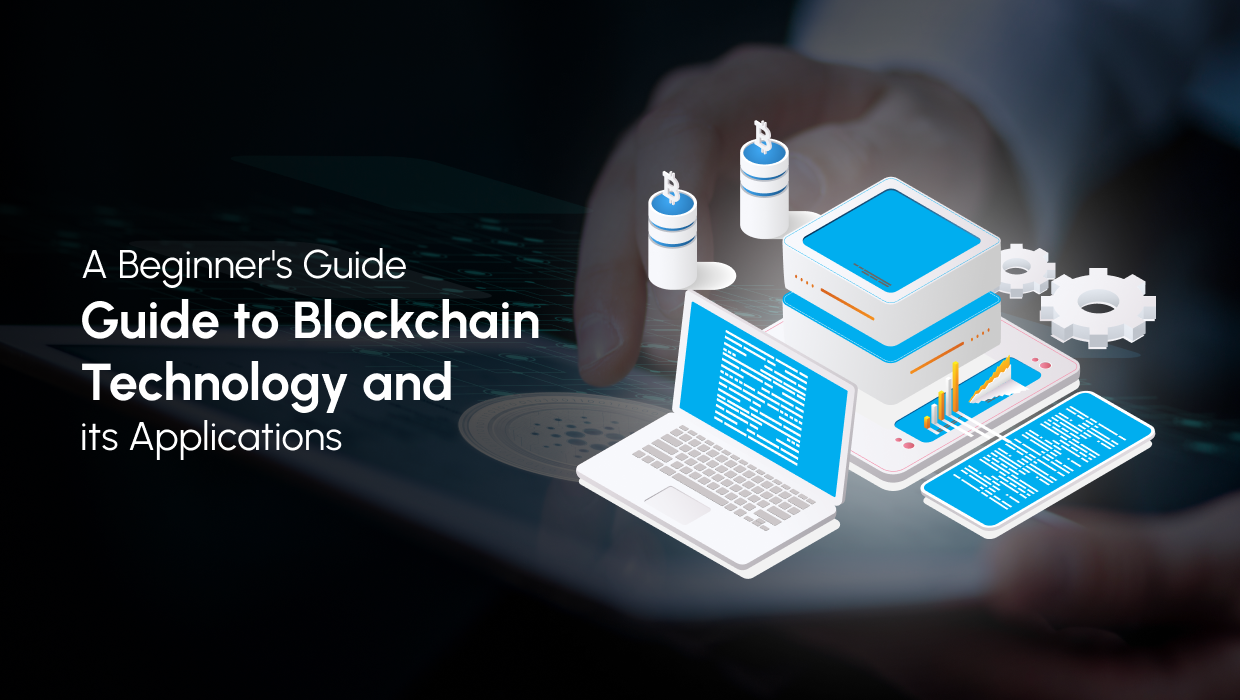Prerequisites
- To fully understand this article, you need to have a basic understanding of the two foundations of Web3: The blockchain and smart contracts. For a comprehensive guide on these two concepts, check out our Beginner's Guide to Blockchain Technology and its Applications.
Web3 for Beginners. Or... Web 1.0 vs Web 2.0 vs Web 3.0
Imagine the internet as a journey through different eras, each bringing unique experiences and opportunities. In this digital voyage, Web 1.0 was like stepping into a library where you could read books but couldn't interact with them or leave your own mark. It was a static and one-sided affair. Fast forward to Web 2.0, and suddenly you find yourself in a bustling marketplace, where you can not only read but also write, share, and engage with others. Web 2.0 introduced social media platforms, blogs, and online communities that turned the internet into a dynamic and interactive space. Now, as we set sail towards Web3, we find ourselves in a place where everything is like a collective art gallery, a virtual world where you have control, ownership, and the ability to reshape the very fabric of the online landscape. Web3 is driven by technologies like blockchain and decentralized applications, aiming to create a more user-centric and decentralized internet. To grasp the essence of Web3, consider the analogy of a traditional bank versus a decentralized finance (DeFi) platform. In Web 1.0, accessing financial services meant relying on a central bank, just as browsing websites meant relying on centralized servers. The power was concentrated in the hands of a few, and users had limited control over their financial transactions or online experiences. With the advent of Web 2.0, it was as if you were given the ability to join a credit union or use a peer-to-peer payment app, enabling more user autonomy and interaction. Web2.0 platforms like PayPal and Venmo introduced new possibilities, but they were still reliant on intermediaries.
Enter Web3. Now, envision a financial system where transactions occur directly between individuals through smart contracts, without any intermediaries. This is the promise of decentralized finance powered by Web3. Similarly, in Web3, instead of relying on centralized social media platforms to connect with others and share content, you can engage with decentralized social networks, where you have ownership and control over your data, and where interactions are governed by open protocols rather than closed platforms.
Let's take another analogy: the evolution of film and photography. Web 1.0 was akin to having access to a limited library of photographs, with the ability to view but not edit or contribute to the collection. It was a passive experience, much like browsing static websites. With the rise of Web 2.0, it was as if you entered a world where you could take photos, share them on social media platforms, and even collaborate with others on creative projects. Web 2.0 empowered users to actively participate in the digital imagery landscape.
In the era of Web3, imagine a virtual gallery where you can create, trade, and collect digital art as unique and valuable assets using blockchain technology. Just as cryptocurrencies like Bitcoin and Ethereum have introduced digital scarcity, Web3 enables the creation and trading of non-fungible tokens (NFTs), which represent digital ownership of unique assets like art, music, and virtual real estate. It's like stepping into an art world where artists can directly connect with collectors and earn royalties from their work, without relying on intermediaries.
To grasp the essence of Web3, consider the analogy of a traditional bank versus a decentralized finance (DeFi) platform. In Web 1.0, accessing financial services meant relying on a central bank, just as browsing websites meant relying on centralized servers. The power was concentrated in the hands of a few, and users had limited control over their financial transactions or online experiences. With the advent of Web 2.0, it was as if you were given the ability to join a credit union or use a peer-to-peer payment app, enabling more user autonomy and interaction. Web2.0 platforms like PayPal and Venmo introduced new possibilities, but they were still reliant on intermediaries.
Enter Web3. Now, envision a financial system where transactions occur directly between individuals through smart contracts, without any intermediaries. This is the promise of decentralized finance powered by Web3. Similarly, in Web3, instead of relying on centralized social media platforms to connect with others and share content, you can engage with decentralized social networks, where you have ownership and control over your data, and where interactions are governed by open protocols rather than closed platforms.
Let's take another analogy: the evolution of film and photography. Web 1.0 was akin to having access to a limited library of photographs, with the ability to view but not edit or contribute to the collection. It was a passive experience, much like browsing static websites. With the rise of Web 2.0, it was as if you entered a world where you could take photos, share them on social media platforms, and even collaborate with others on creative projects. Web 2.0 empowered users to actively participate in the digital imagery landscape.
In the era of Web3, imagine a virtual gallery where you can create, trade, and collect digital art as unique and valuable assets using blockchain technology. Just as cryptocurrencies like Bitcoin and Ethereum have introduced digital scarcity, Web3 enables the creation and trading of non-fungible tokens (NFTs), which represent digital ownership of unique assets like art, music, and virtual real estate. It's like stepping into an art world where artists can directly connect with collectors and earn royalties from their work, without relying on intermediaries.
Why Does Web3 Matter?
 Web3
Web3Continue reading this article
by subscribing to our newsletter.
Subscribe nowby subscribing to our newsletter.
A note about tutorials: We encourage our users to try out tutorials, but they aren't fully supported by our team—we can't always provide support when things go wrong. Be sure to check which OS and version it was tested with before you proceed.
If you want a fully managed experience, with dedicated support for any application you might want to run, contact us for more information.

